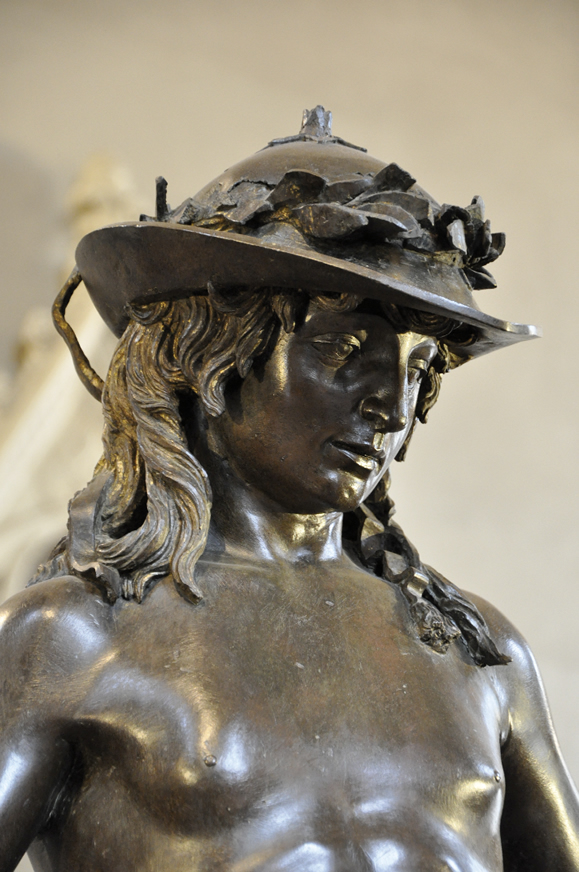by Giuseppe Calabi
Italy is one of the countries in Europe with the strictest regulation on the exportation of works of art. This is due to in part to Italian legislative tradition in this particular area, which traces its origin in the laws in force in the pre-unitarian States, before Italy was united in 1861. Another reason may be referred to the looting of artworks by foreign armies in the past centuries and, to an even greater extent, to the burdensome administrative procedure that has always characterized the issuance of export licenses.
On August 4, 2017, the Italian parliament approved the so-called “Competition Law” (Law no. 124/2017), which became effective on August 29. The Competition Law contains provisions aimed at facilitating the international circulation of art works. Such provisions were promoted by Italian and foreign art market intermediaries (“Apollo Working Group”). Subparagraphs 175 and 176 of article 1 of the Competition Law modified the Cultural Property Code (Legislative decree of January 22, 2004, no. 42) and, in particular, its provisions concerning the exportation of artworks from the Italian territory.
The Reform Highlights
The main aspects of the reform introduced by the Competition Law are twofold: (i) the new law extended to 70 years the relevant age, below which a work of art needs an export license in order to be permanently exported from the Italian territory; (ii) the reform introduced a monetary threshold, below which objects of cultural interest do not require a license in order to be exported.
The regime applicable before the approval of the Competition Law prescribed that all artworks made by non-living artists more than 50 years ago, regardless of their value, required an export license in order to be permanently exported. The Export Offices of the Ministry of Cultural Property were responsible for evaluating whether works for which an export license was requested presented a “particular cultural interest”. In case such an interest was found, the export license was denied and the artwork was automatically declared of cultural interest. Artworks created less than fifty years ago or by a living artist could freely circulate, provided that a unilateral declaration of the interested party stating that the work was made less than fifty years ago or was created by a living artist was filed with one of the Export Offices located i the Italian territory.
The new legislation extends the possibility to file a unilateral certification to works made less than 70 years ago or to works older than 70 years but with a stated value of less than euros 13,500 (with the exception of archaeological artifacts, incunabula, manuscripts and archives, for which the monetary threshold is not applicable and an export license is always required). An implementing decree by the Ministry will determine the criteria for determining the monetary threshold: for example, in case of an auction sale, whether the hammer price or the high estimate should be considered; in case no sale transaction has occurred or will take place, whether an estimate by an art appraiser would be sufficient.
However, the Export Offices may request that works made more than 50 years but less than 70 years ago showing an exceptional interest for the completeness and integrity of the Nation heritage be declared of cultural interest. The Ministry may declare such works of exceptional cultural interest within 60 days of the date the self-certification is filed by the interested party.
The Export Offices are always entitled to verify whether the content of self-certifications is true: if the unilateral declaration made by an interested person is false (i.e. a declaration that a work made by Umberto Boccioni, who died in 1916, has less than 70 years; or a painting by Guercino has a value below euros 13,500), then such person will not only be responsible for illicit exportation of artworks, but also for making a false statement to a public officer.
The “passport” and the new guidelines
The Competition Law has introduced a European passport for artworks in order to facilitate the exportation of works of art from the Italian territory, as well as their importation into Italy. The passport will accompany the works during the exportation and will be valid for five years.
Lastly, the Ministry will issue new guidelines addressed to the Export Offices with criteria to be used in order to decide whether or not an export license should be granted. The new guidelines will replace the existing ones, which were enacted in 1974

